The 2024-2025 school year is also a milestone when the 2018 General Education Program is implemented in all grades nationwide.
Room/class ratio increases, student/class ratio decreases
Reporting at the conference, Mr. Thai Van Tai, Director of the Department of General Education, said: In the 2024-2025 school year, localities have focused on reviewing and planning appropriate school and classroom networks to facilitate people, ensure students' learning rights; increase investment in facilities and teaching equipment to help educational institutions become increasingly complete and contribute to improving the quality of education .
Focus on maintaining and expanding the number of classrooms and adding permanent and semi-permanent classrooms and reducing the number of temporary and borrowed classrooms to meet the requirements of implementing the current educational program according to regulations of the Ministry of Education and Training, the needs of local socio-economic development and contributing to improving the quality of education.
The average classroom/classroom ratios and classroom consolidation were increased and the average student/class ratio was reduced. Specifically, the primary level had an average classroom/classroom ratio of 1.03; consolidation rate of 87%; and an average student population of 31.8 students/class. The secondary level had an average classroom/classroom ratio of 0.89; consolidation rate of 95.24%; and an average student population of 39.8 students/class. The high school level had an average classroom/classroom ratio of 0.92; consolidation rate of 97.97%; and an average student population of 41.7 students/class.



In the 2024-2025 school year, the country will have 884,764 general education teachers and 59,378 general education managers. By the end of the 2024-2025 school year, the rate of teachers and managers of primary education institutions meeting the training standards according to the 2019 Education Law will be 91.9%, 94.8% for secondary education, and 99.9% for high school.
Compared to the 2023-2024 school year, the rate of teachers meeting the standards according to the 2019 Education Law at the primary level increased by 2.0% and at the secondary level increased by 1.0%.
The teacher/class ratio is calculated based on the number of teachers recruited and working at public general education institutions, including: Primary level: 1.40 teachers/class; Secondary level: 1.73 teachers/class; High school level: 2.01 teachers/class.
The teacher/class ratio at primary, secondary and high school levels is still lower than the prescribed standards; in which, for primary level, the teacher/class ratio is not enough to ensure teaching 2 sessions/day. The Southeast and Red River Delta regions have lower teacher/class ratios than other regions nationwide.





The quality of general education is affirmed.
In the 2024-2025 school year, the 2018 General Education Program will be implemented in all grades nationwide. The results of the evaluation of the implementation of the Program on training results and learning results show that students absorb relatively well, develop their own abilities; students are bold and confident in learning and communicating in life.
Students are encouraged to self-study, research, acquire knowledge, and apply new knowledge; there is plenty of time in class for students to practice, perform, present, and discuss.
Synthesizing results from localities on the final assessment results of school years from 2020-2021 to present shows that student quality meets the output standards and requirements of the program.
The 2025 High School Exam concludes a cycle of official educational innovation completed nationwide, helping to promote teaching and learning according to the new General Education Program. The exam has achieved its set goals, ensuring the assessment of learners' learning outcomes according to the educational objectives of the high school general education program, considering the recognition of high school graduation; and is the basis for assessing the quality of teaching and learning in high schools and the direction of educational management agencies.
National teams competing in regional and international Olympic competitions in 2025 achieved high results. The delegation participating in the 2025 International Science and Technology Research Competition in the United States won 2 second prizes, 1 third prize, 3 fourth prizes and 6 special prizes, this is the highest number of prizes won by Vietnamese students since 2013.
The excellent achievements of the teams continue to affirm the quality of general education, and at the same time, the right direction in the work of discovering, selecting and training excellent students.
According to the results of the Programme for International Student Assessment (PISA, TALIS, SEA-PLM), Vietnamese students demonstrate a mastery of basic knowledge and the ability to apply what they have learned, often surpassing their peers in developing countries. Vietnamese teachers demonstrate high job satisfaction, strong commitment to their profession and high participation rates in professional development activities. A positive school climate and good student-teacher relationships contribute to a favorable learning environment.
In addition, general education in the 2024-2025 school year also achieved remarkable results in universal education, compulsory education, and building schools that meet national standards; teaching ethnic minority languages; and digital transformation in education.
Accordingly, the work of universalizing primary and secondary education continues to receive attention from localities in order to consolidate and maintain the standards of universal education and gradually strive to achieve higher standards to improve the quality of education. In the 2024-2025 school year, the rate of mobilizing primary school students of the right age to attend primary school will reach 99.7%; the rate of mobilizing students completing the primary education program to enter secondary school will reach 98.23%.
By June 2025, 100% of provinces/cities will maintain and meet the standards for universal primary and secondary education, of which 64% of provinces/cities will be recognized as meeting the standards for universal primary education level 3 (an increase of 4 provincial-level units, equivalent to 6% compared to the same period last year); 27% of provinces/cities will meet the standards for universal secondary education level 2 (an increase of 4% compared to the same period last year) and 19% of provinces/cities will meet the standards for universal secondary education level 3 (an increase of 6% compared to the same period last year).
In addition, the construction of national standard schools has received regular attention and investment from localities, contributing to increasing the rate of schools meeting national standards nationwide, specifically: primary school level reaches 63%, secondary school level reaches 65%, high school level reaches 48%.
In the 2024-2025 school year, 22 provinces/cities nationwide will organize the teaching of 7 ethnic minority languages according to the 2018 General Education Program at general education institutions. The scale of teaching ethnic minority languages in general education institutions is 514 schools, 4,736 classes and 132,221 students...
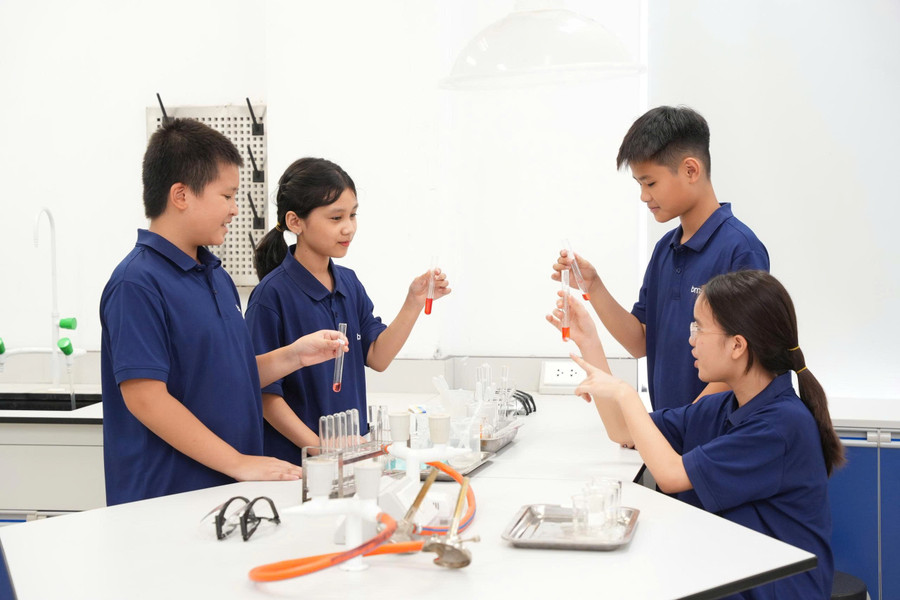
Expected 7 key tasks and solutions in the 2025-2026 school year
In addition to the achievements, general education also has some shortcomings and limitations. Accordingly, after the arrangement, merger, and re-planning of schools and school locations, in some areas with scattered residential areas, traffic was cut off, affecting students' school attendance; some schools encountered difficulties due to the settlement of policies and regimes for management staff, office staff, accountants... surplus after the merger without effective solutions.
Maintaining and improving the quality of national standard schools is not really uniform among localities due to the specific socio-economic conditions between different regions and areas.
The results of innovation in teaching methods according to the new curriculum in many educational institutions are not very effective, especially in areas with special socio-economic difficulties; the organization of activities during class hours sometimes shows signs of formality, lack of effectiveness, and are not true to their nature. The reason is that the awareness and capacity of a number of managers and teachers are still limited, they are afraid to innovate teaching methods, testing, and evaluation, and the quality of the staff is not uniform among regions.
Ethnic minority language education still faces many difficulties, including a lack of qualified teachers, equipment, teaching materials, and weak management capacity; post-secondary vocational education is still ineffective, the rate of streaming is low, there is a lack of labor market data, and a lack of specialized teachers.
The investment in purchasing minimum teaching equipment as prescribed by the Ministry of Education and Training in many localities has not been well implemented, leading to a lack of teaching equipment, affecting the effective implementation of the program and the application of information technology and digital transformation in teaching.
The 2025-2026 school year takes place in the context that the entire education sector has completed a cycle of implementing the 2018 General Education Program, from grades 1 to 12.
This is also the first year of implementing Resolution No. 57/2024/QH15 of the National Assembly and the two-level local government organization model according to Resolution 35-NQ/TW, creating major changes in organizational structure, governance and administrative boundary adjustment.
The education sector continues to face pressure on human resources, facilities and requirements for quality improvement in the context of promoting scientific and technological development, innovation and digital transformation in education.
In that context, a number of key tasks and solutions for the 2025-2026 school year for general education are set forth, specifically: Effectively implementing state management for two-level governments; improving the effectiveness of implementing the 2018 General Education Program;
Complete and implement the Project "Making English the second language in schools for the period 2025-2035, with a vision to 2045";
Effectively implement 2-session teaching/day; ensure fairness in access to education for all subjects; effectively implement policies on ethnic education.
Source: https://giaoducthoidai.vn/chuyen-bien-giao-duc-pho-thong-sau-mot-chu-trinh-doi-moi-post741725.html



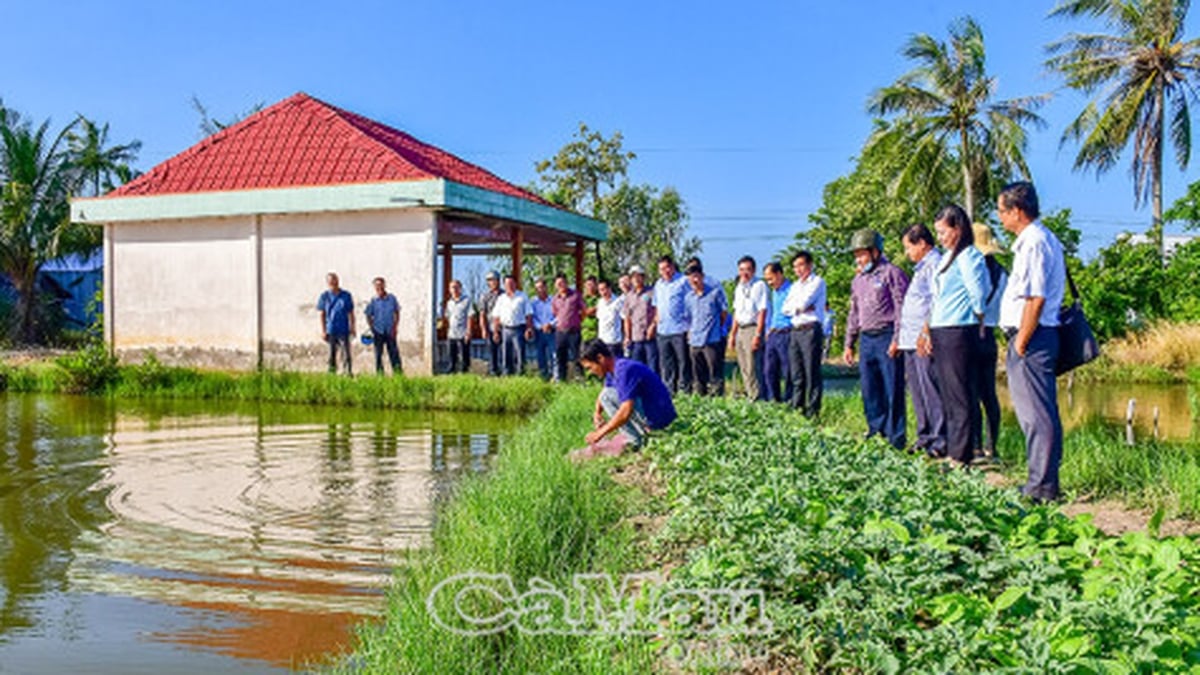





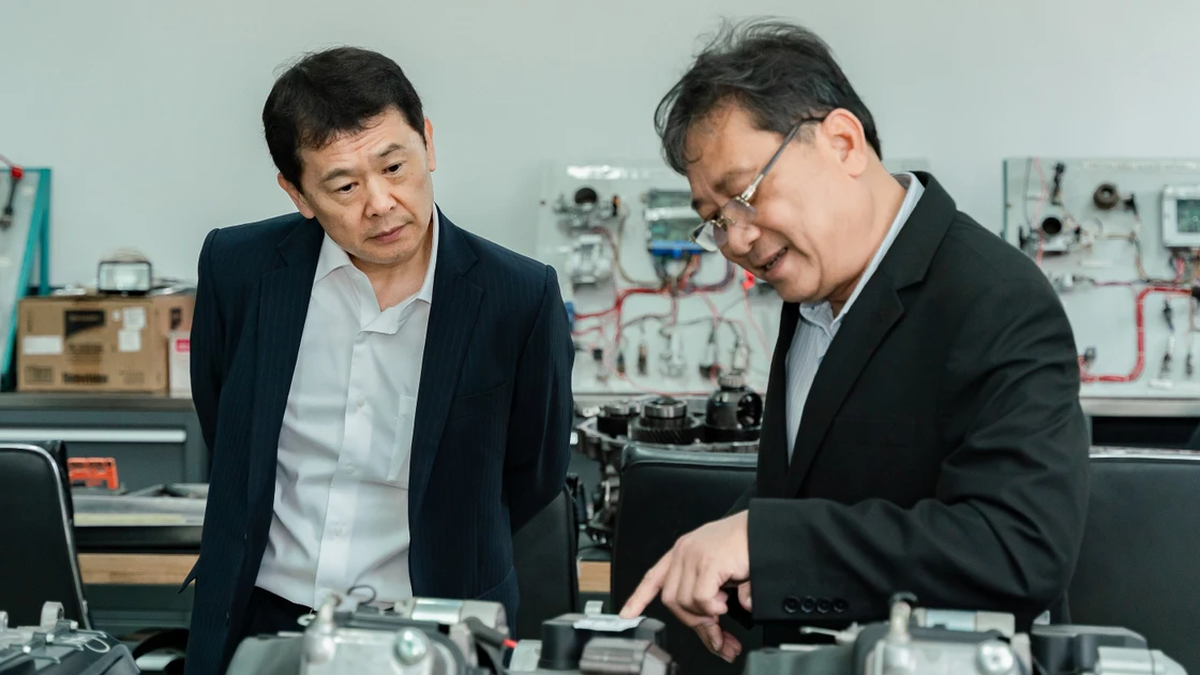
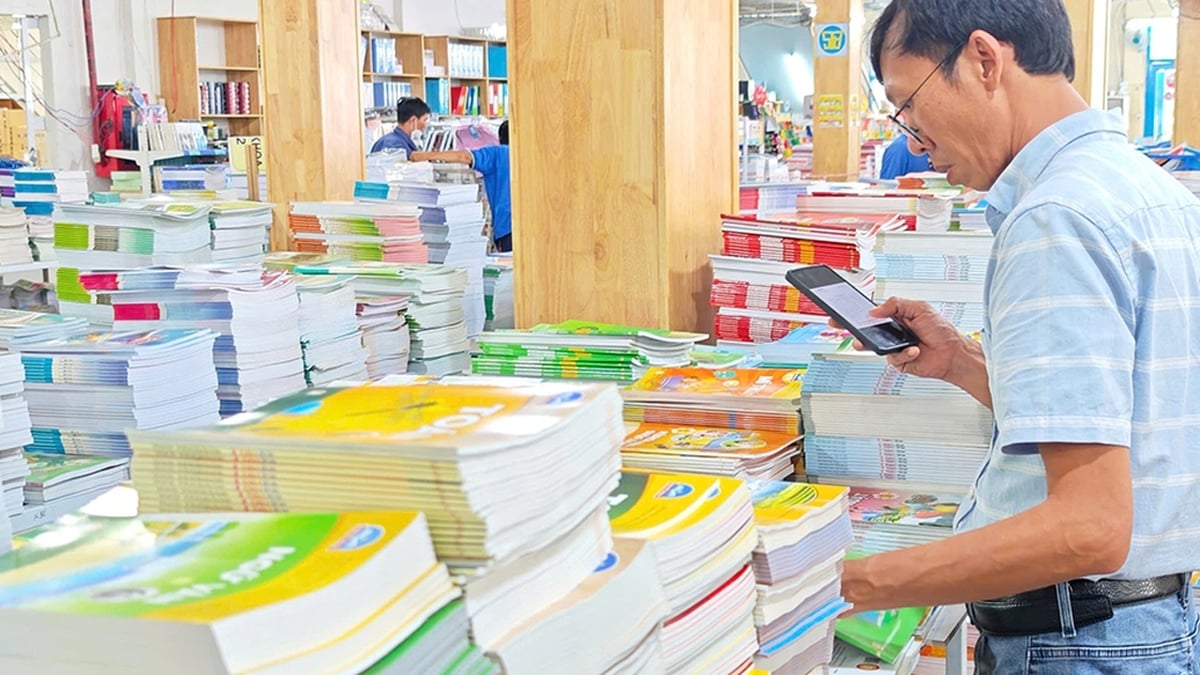













![[Photo] National Assembly Chairman attends the seminar "Building and operating an international financial center and recommendations for Vietnam"](https://vphoto.vietnam.vn/thumb/1200x675/vietnam/resource/IMAGE/2025/7/28/76393436936e457db31ec84433289f72)






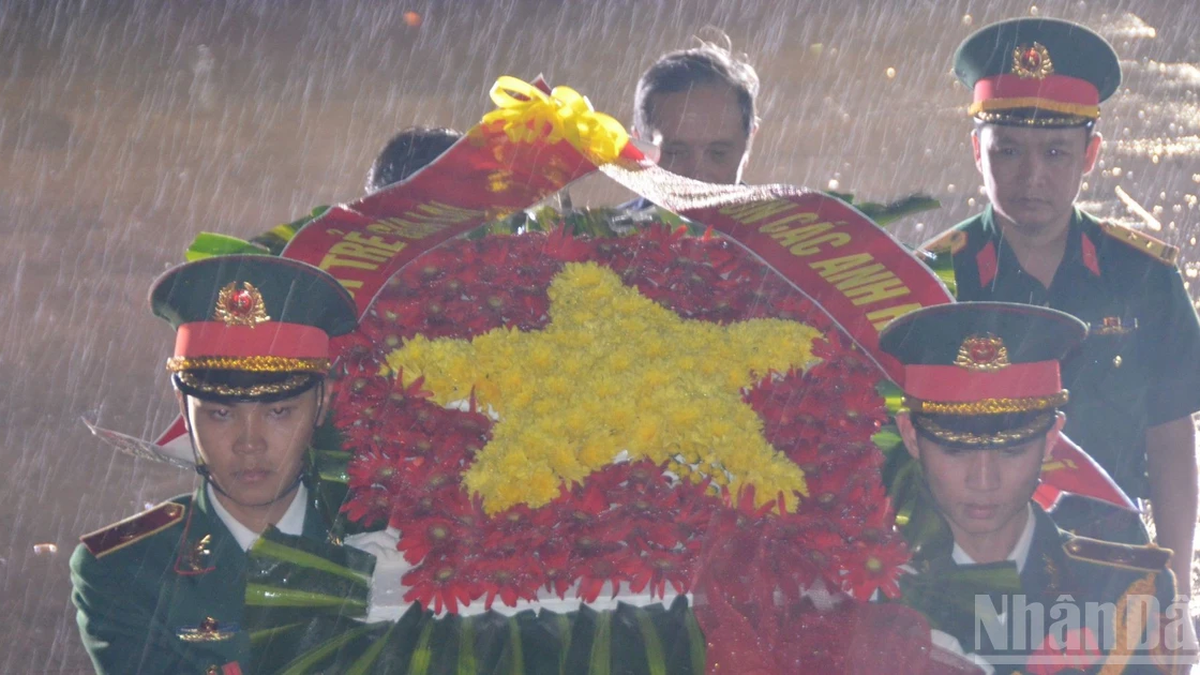








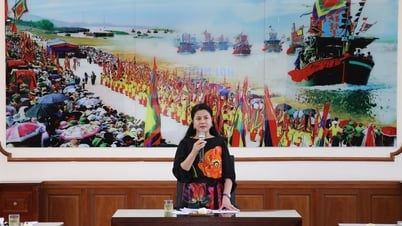









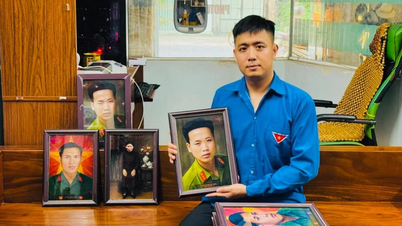


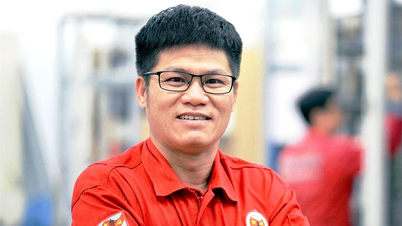

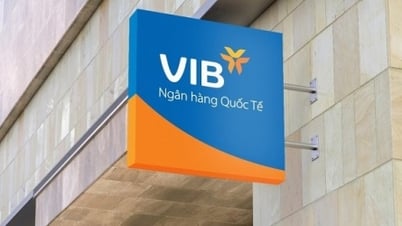




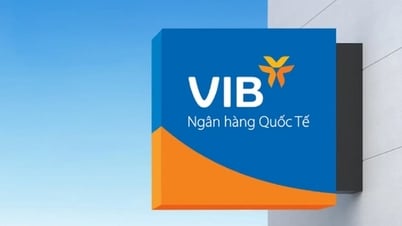
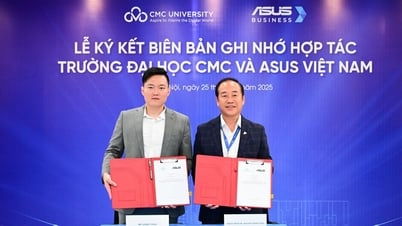



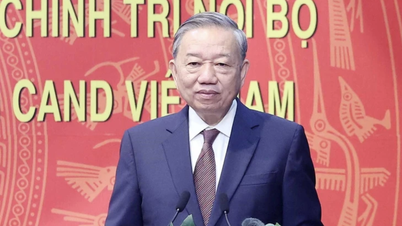
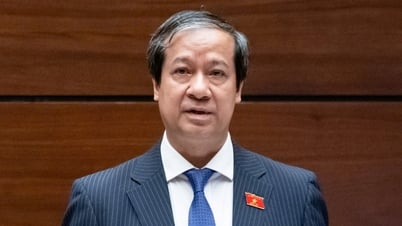
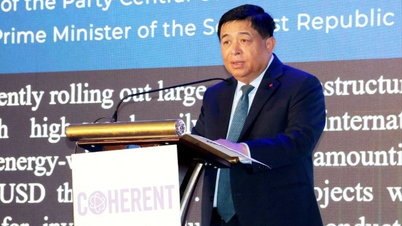


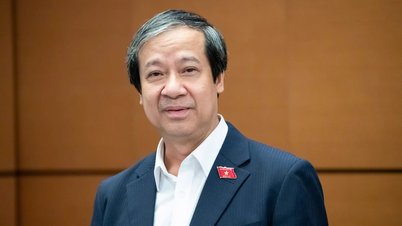
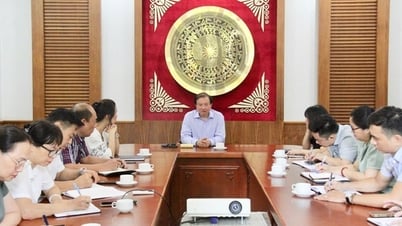


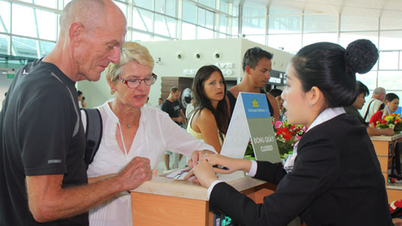






















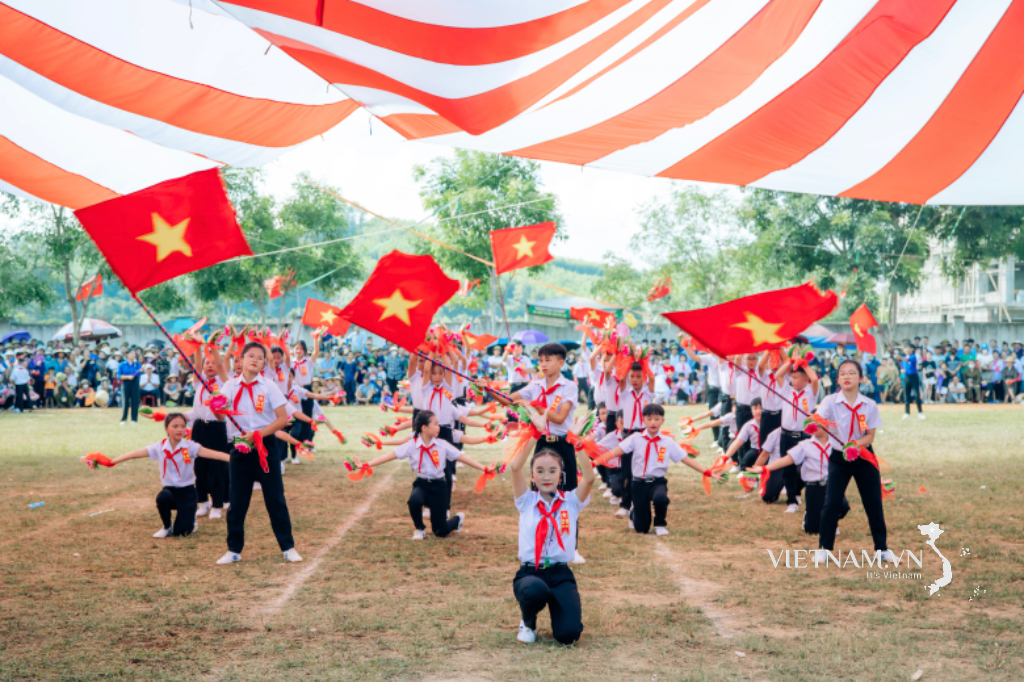



Comment (0)